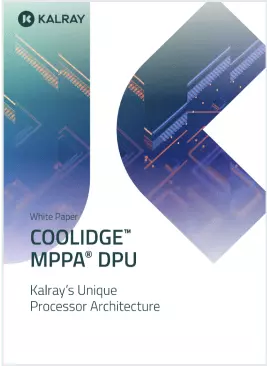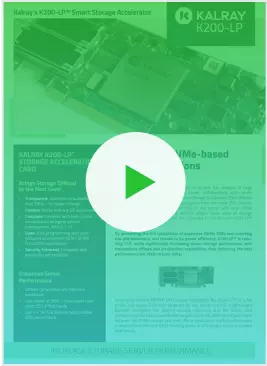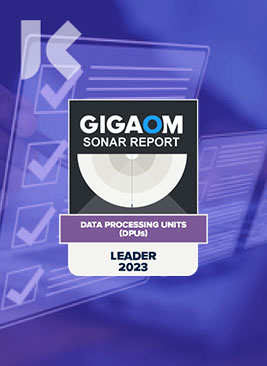Testimonial
Video
Data Intensive Computing on Campus: An Interview with Purdue University
In the heart of Purdue University lies the Rosen Center for Advanced Computing, a hub of innovation and technological prowess driving research for 60 departments and 3 campuses. In this dynamic environment, data-intensive computing propels scientific exploration from fluid dynamics simulations to AI-driven global climate modeling.
We sat down with Preston Smith, the Rosen Center’s Executive Director to learn more about how Purdue harnesses efficient data management to push discovery forward.
"The results of that capability for Anvil had been really profound. In our early user period on the system, one of the early adopters reported that Anvil was the fastest supercomputer that he had used for his bioinformatics workload. And that it had shaved 25% off the runtime for his workload. And a lot of that is through that data management tier made possible with Ngenea.”
Preston Smith - Executive Director of the Rosen Center for Advanced Computing
How diverse is the user base of the high-performance computing system and Data Depot at Purdue University?
Our users come from over 60 departments across Purdue, spanning every academic college and three campuses. They tackle a wide array of challenges, from modeling jet engines to counting the number of trees on the entire planet using AI.
What role does efficient data management play in scaling research endeavors at Purdue?
Efficient data management is critical for scaling research efforts. While researchers may start with laptops, they often need to transition to high-end supercomputers for more complex simulations and AI applications.
Tell us about supercomputing on campus at Purdue.
For Purdue researchers, we operate several 400+ node “community cluster” systems serving over 1600 unique users. Anvil is a powerful supercomputer funded by the National Science Foundation, boasting 1,000 nodes with AMD processors and delivering over 1 billion CPU core hours annually. It’s a vital resource for researchers not only at Purdue but across the United States.
What challenges did you face in managing data across different computing environments?
We quickly realized the need for a reliable way to connect data from various sources, including laptops, scientific instruments, and supercomputers, and deployed our Research Data Depot system in 2014 to serve as this common location for data regardless of where the scientists need it.
What technology enablers support the high-performance requirements of Purdue’s projects?
Ngenea software enables us to utilize high-speed flash storage to accelerate modeling, simulation, and AI tasks, while also efficiently tiering data to lower-cost spinning disk storage.
Early users on Anvil reported significant performance gains, with one user experiencing a 25% reduction in runtime for bioinformatics workloads, thanks to Ngenea’s data management capabilities.
What future trends do you foresee in data-intensive computing at Purdue University?
We anticipate a surge in demand for computing resources, particularly in AI, generative AI, imaging, and remote sensing applications, driving the need for enhanced compute and storage capabilities.
We look forward to continued collaborations with Kalray to innovate and meet evolving research needs for Anvil and the Purdue campus.
Key takeaways
The Rosen Center is making bold strides in research thanks to the combination of cutting-edge technology and collaborative partnerships. At Kalray, we are delighted to support Purdue’s data acceleration needs with efficient data management solutions like Ngenea for HPC, which helps researchers navigate complex computational challenges with ease so they can unlock new discoveries.
If your research institution, enterprise, or datacenter could benefit from highly efficient data management, get in touch






